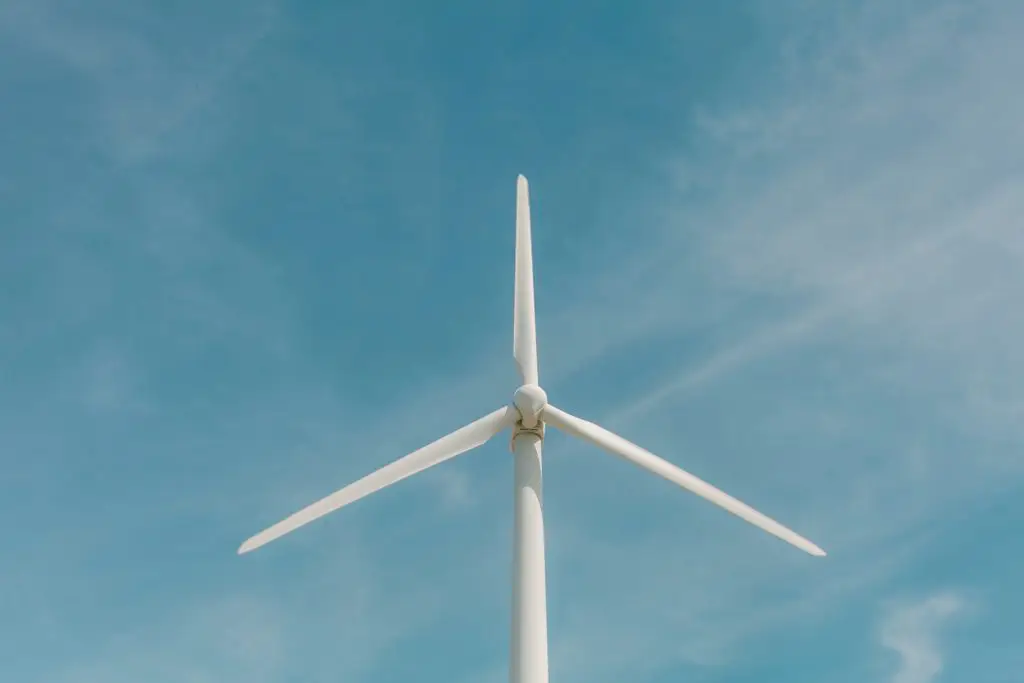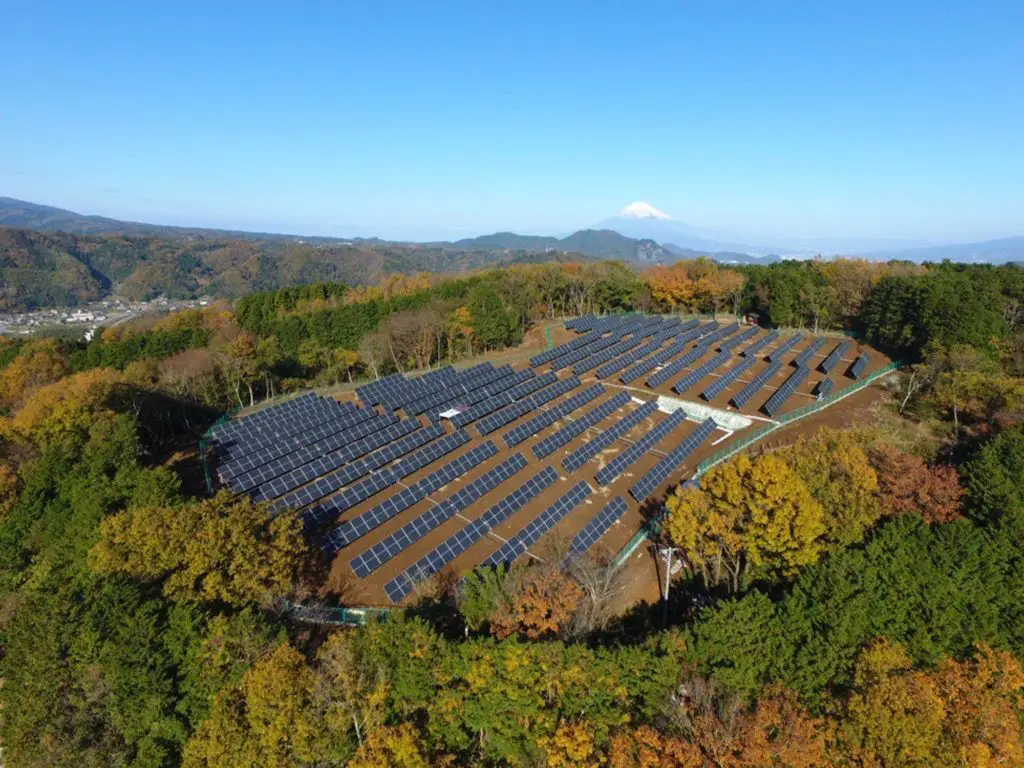- Renewable energy is getting more affordable in Canada (Photo: Matthew T Rader on Unsplash)
The world has been making some efforts to make renewable energy cheaper. This is such an important issue that the United Nations (U.N.) included “affordable and clean energy” in its sustainable development goals for 2030. According to the organization, energy currently accounts for around 60 percent of global greenhouse gas emissions, so there is a lot to be done regarding non-emitting energy sources.
We can see some changes here an there. Countries all over the world have been working hard to meet sustainability standards. We’ve never talked so much about wind power, solar panels and renewables as we do today. Most electricity and natural gas providers, for example, offer green plans, in which consumers can purchase their energy from greener sources by paying a little bit more.
Yet, the question still remains: Is renewable energy becoming more affordable? Clean energy is the so-called energy of the future, but what’s the green energy forecast? To find out if clean energy is becoming any cheaper, let’s see what governmental agencies, companies and some experts have to say about it. Prices still seem to be the main shopping concern, so how can energy suppliers offer lower renewable energy rates in the next years?
Clean energy vs. affordability: The renewable energy future
It’s very common to see people wondering about the affordability of solar power, or trying to understand why green add-ons make their electricity and natural gas rates more expensive. The thing is that clean energy sources still aren’t as affordable as large-scale, conventional energy sources.
Although the importance of renewable energy has been researched all over the world, the next step is learning how to use research results and specific technologies to make it more affordable.
However, things are changing — and apparently at a fast pace. Even huge companies that are known for their oil and gas activities, such as BP and Shell, are investing in multimillion-dollar renewable energy projects.
Many countries around the world are setting higher sustainable energy goals. Clean energy in Canada will account for 90 percent of the nation’s electricity by 2030. Nowadays, 80 percent of the power in Canada comes from non-emitting sources.
As technologies and markets invest more in clean energy techniques, the cost of producing and providing renewable energy tends to become lower. According to the World Economic Forum (WEM), the costs of generating electricity from solar power are already lower than using coal for most parts in North America.
In 2017, the cost of producing one megawatt-hour (MWh) of electricity was around $50 for solar power, whereas the cost of generating one MWh of electricity from coal was $102.
Solar power is one of the most-discussed electricity sources. Yet, the costs related to this technology are quite high, especially when it comes to storing energy during cloudy seasons.
- Cheap solar energy? The renewable energy forecast says so (Photo: Mark Merner on Unsplash)
Although there is a long path until solar power becomes really accessible, this Vox report shines a light on how solar-powered systems became 99 percent cheaper in the last decades thanks to government policy. As stated by the media outlet, market experts predict even more affordable prices for solar energy in the foreseeable future.
The falling costs of renewable energy depend on the location they are being generated. For example, sunny places could enjoy lower solar energy prices, whereas countries with big coastal lines could find cheaper tidal energy rates in the future.
Generally, the prospects are interesting for clean energy advocates. According to some specialists, renewable energy can become effectively free by 2030. Perhaps it’s too soon to be so sure about it, but it’s quite a surprising prediction for energy sources that were once considered too expensive.
For homeowners, this means affordable non-emitting energy sources will be part of their lives in the coming decades. Until then, consumers should get the most out of clean energy grants, rebates and other credit programs. Most of these initiatives are useful opportunities for you to get clean energy at lower prices.
What does it mean for oil and gas?
Although affordable renewable energy sounds great to the environment, what does it mean for the fossil fuel industry? This is a big question for people in cities such as Edmonton and Calgary, in Alberta, where a considerable part of the economy revolves around the oil & gas industry.
It may sound unexpected, but the past, present and future of the renewable energy industry are linked to oil and gas. According to the United States Office of Energy Efficiency and Renewable Energy (EERE), major oil and gas companies are using their drilling and offshore skills to transition into clean energy generation, which creates more jobs and expands their activities.
The interesting news is that natural gas will play a major role in the transition to green energy. According to some studies, this process can even strengthen the oil and gas industry in Canada.
A recent study called “Canada’s role in the world’s future energy mix” by Canada’s Oil & Natural Gas Producers states that the global natural gas consumptions will increase 45 percent by 2040, whereas the estimated oil consumption will be about 27 percent of the energy mix in 2040, which will be the largest share for any fuel source.
In the report, the specialists even mention a study by the World Energy Council. The U.N. accredited energy body forecasts that natural gas is the fossil fuel with the potential to play an essential role in the world’s journey toward a cleaner energy future.
Do you want to compare energy rates in Alberta?
Are you looking for Alberta electricity rates or natural gas providers? Go to EnergyRates.ca and compare energy rates. The cost comparison tool lets you compare current and historical rates for the major electricity and natural gas suppliers in the province.













